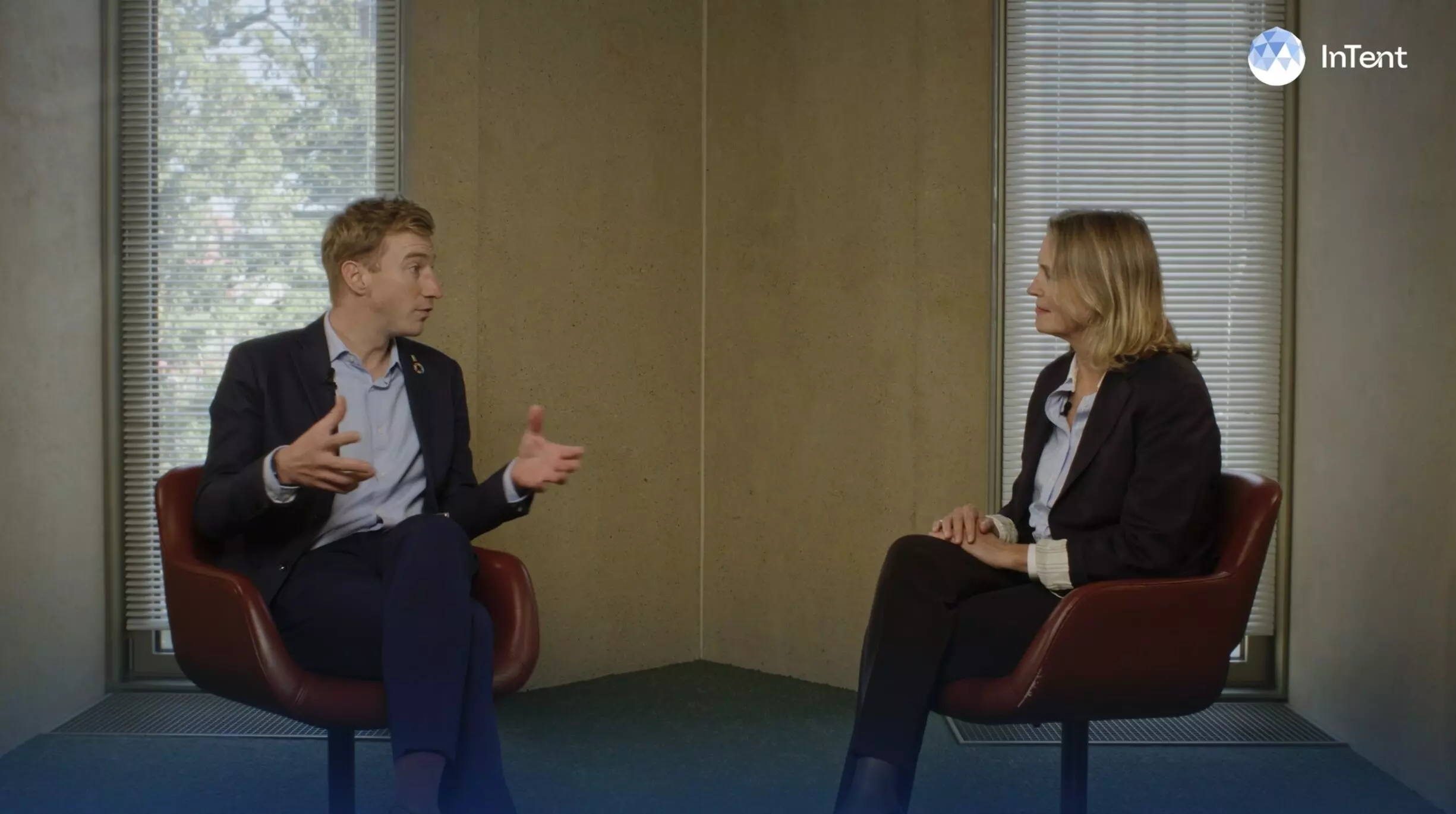
Putting nature on the balance sheet: a CFO’s next frontier
Katell Le Goulven interviews Capitals Coalition’s Tim Polaszek on turning nature risks and dependencies into financial reality. How should business account for its most important supplier—the natural world? For decades, nature has been treated as an externality, its degradation hidden in the footnotes of corporate reports. But as biodiversity loss accelerates and ecosystem services wobble, ignoring nature’s contribution looks less like an oversight and more like a looming liability.
Nature on the Balance Sheet is a new initiative led by InTent’s partners Capitals Coalition and SystemiQ, (with The Landbanking Group and the Centre for Global Commons). Its ambition: to translate nature risks and dependencies into financial terms, so decision makers can no longer look away. This initiative has been developed in the continuity of the Natural Capital’ approach supported by InTent, which then was incorporated in the TNFD’s LEAP approach.
Key highlights
Katell Le Goulven: Why launch a new initiative now?
Tim Polaszek: Picture a CFO walking into a boardroom with this message: our most critical supplier is failing, we’ve never paid them properly, and replacing their services would bankrupt us. That “supplier” is nature.[1] If business depends on ecosystem services, we need economic and financial systems that recognise that dependency—before it appears as a nasty surprise on the balance sheet. That means mobilising not only corporates, but also investors, regulators, central banks, standard-setters and the legal ecosystem. Our initiative—with The Landbanking Group, the Centre for Global Commons and Systemiq—is convening those actors to make recognition of nature’s value a practical reality.
KLG: What does the initiative do, concretely?
TP: We’re developing proof points with companies—initially in mining, agriculture and other land- or sea-based sectors—where nature dependencies are obvious. We’re mapping where real transactions can occur so aspects of nature can be recognised, priced, or provisioned against in financial statements, and where existing accounting treatments already (partly) capture that value. Some jurisdictions are moving faster than others; we want to show what’s feasible now and what enabling changes are needed next.
KLG: Give me one example.
TP: A forestry company we work with has begun recognising elements of nature’s value in its internal accounts and narrative reporting. The benefits have been tangible—higher perceived brand value, stronger resilience and better access to capital. In their case, these steps helped support a premium when the business was sold. Today, much of that value still shows up as “intangibles,” not as explicit natural-capital line items. Our aim is to pave the way from internal valuation to fuller financial recognition.
KLG: How is this different from the Natural Capital Protocol and TNFD?
TP: The Natural Capital Protocol informed TNFD’s LEAP approach, which guides companies and financial institutions to locate interfaces with nature, assess impacts and dependencies, and identify risks and opportunities. Nature on the Balance Sheet picks up from there: it focuses on the “F”—the financial disclosures—by exploring how those risks and opportunities manifest as assets, costs, provisions, liabilities and P&L effects.
KLG: I’m a corporate getting started. Where do I begin?
TP: Start with materiality, the “Locate” in TNFD’s LEAP approach. Biodiversity is local and context-specific, so map where your operations and supply chains interact with nature and where dependencies are critical. You don’t need a gold-plated study on day one. Run a high-level hotspot screen with ENCORE (recently updated), then go deeper where it matters. In parallel, invest in capacity-building across finance, strategy and operations. If the CFO’s team is at the table early, everything else moves faster.
Nature risk is financial risk—but also opportunity.
KLG: What does that capacity-building look like in practice?
TP: It’s part translation, part integration. Data live across the organisation and outside it (e.g., state of nature datasets). Sustainability teams need to partner with finance on project appraisal, capital allocation and management reporting, so nature metrics become decision-useful, not parallel paperwork.
KLG: What’s in it for a CFO?
TP: Future viability. Nature risk is financial risk but also opportunity. Bringing nature into financial decision-making preserves and creates value by improving foresight on costs, disruptions and new revenue streams. Many CFOs already see nature-linked costs and liabilities emerging; this isn’t “one more thing,” it’s a way to bring them into a coherent view for better decisions.
KLG: Are there credible cases where this has changed decisions or financing?
TP: Yes. Beyond the forestry example, there’s a growing body of cases where natural-capital information improves supply-chain choices, investment appraisals and the cost of capital. For instance, OFI (Olam Food Ingredients) has used multi-capital accounting to guide decisions and access preferential finance structures, and technical partners have even piloted natural-capital income statements and balance sheets for specific crop supply chains. There’s also an open case-study database documenting hundreds of such assessments across sectors.
KLG: What’s next on your timeline?
TP: Two tracks to COP30 in Belém: first, we are working with proof point companies to identify where and how the value of nature can be recognised including through current accounting practices and standards; second, system-level enablers—from policy to standards—to scale adoption. Our published roadmap sets out milestones toward fuller recognition by 2030, and we’re inviting businesses, financiers, and standard-setters to help build that evidence base and unlock the change needed to recognise nature on the balance sheet.
KLG: A final message to the finance world?
TP: If a CFO’s job is to preserve and create value, then stay curious and open about how accounting must evolve in a world of accelerating nature loss. Support your teams to explore opportunities—and help your profession adapt with you.
Editor’s note:
Some company examples have been anonymised due to commercial sensitivity. References to TNFD’s LEAP, ENCORE and the Nature on the Balance Sheet roadmap are included for readers wishing to explore further.
[1] This image is originally from Izzy Fenwick, during a speech at the Institute of Directors in New Zealand. You can read her original version here.
Speakers


Stay updated
Register to InTent newsletter to stay informed on our programmes, events and latest news

